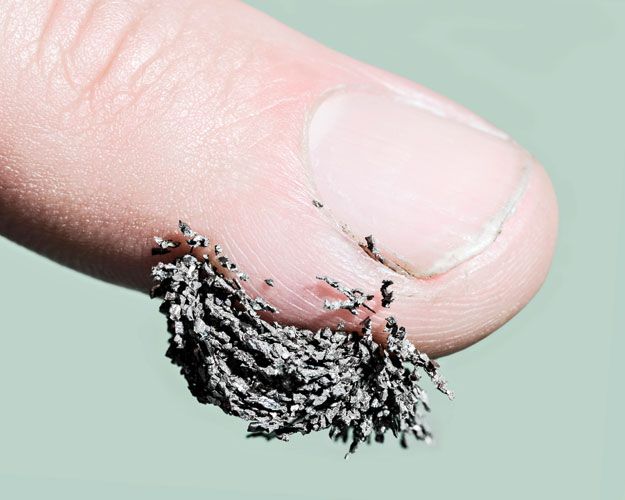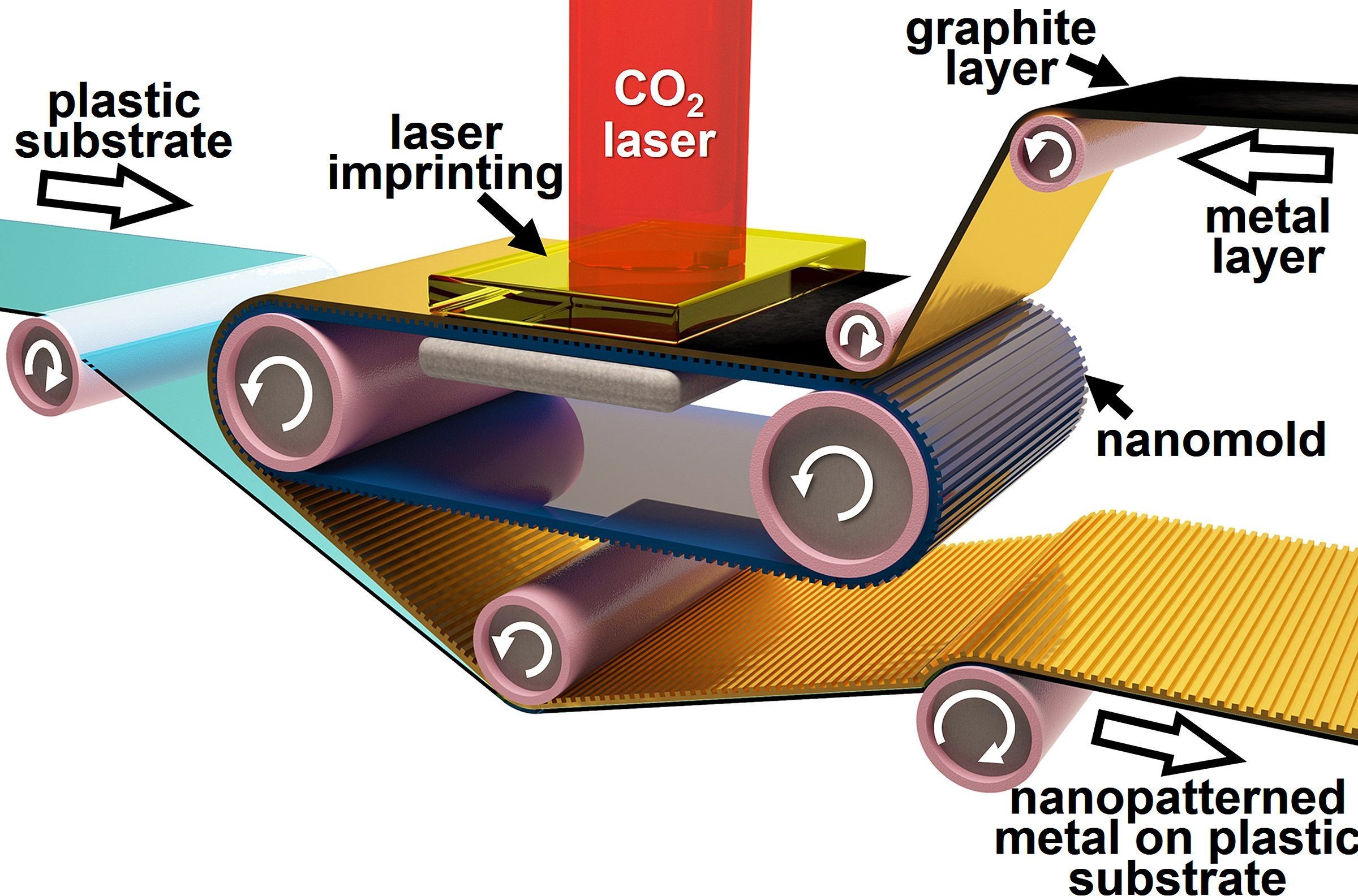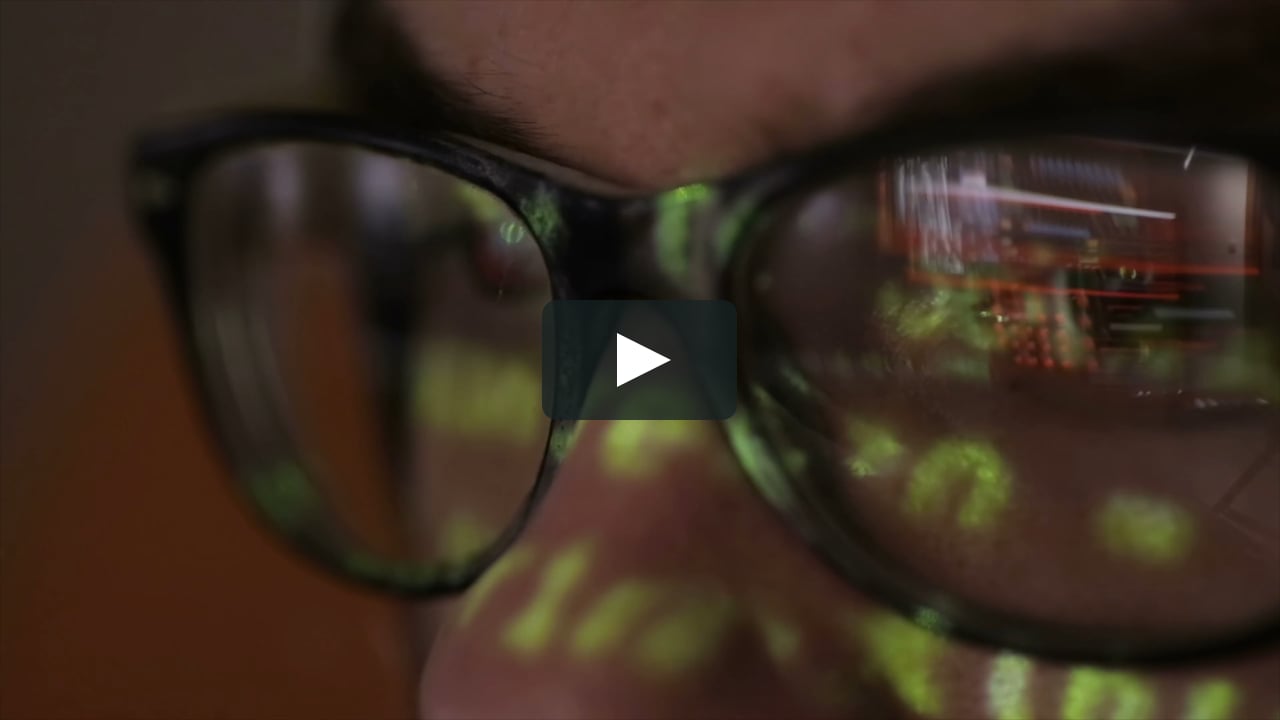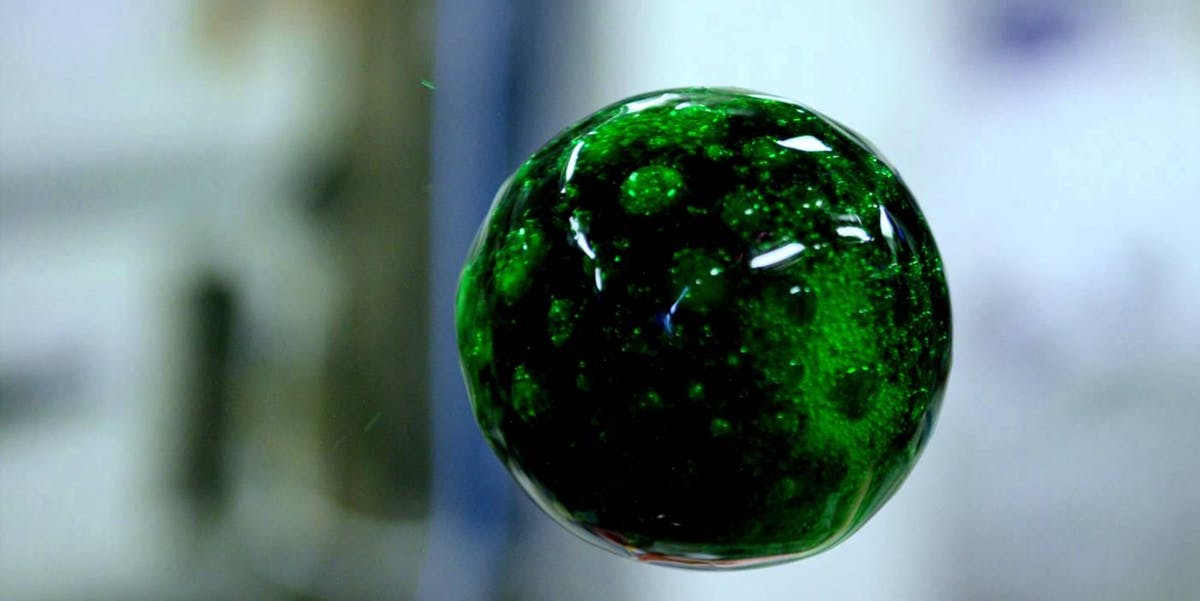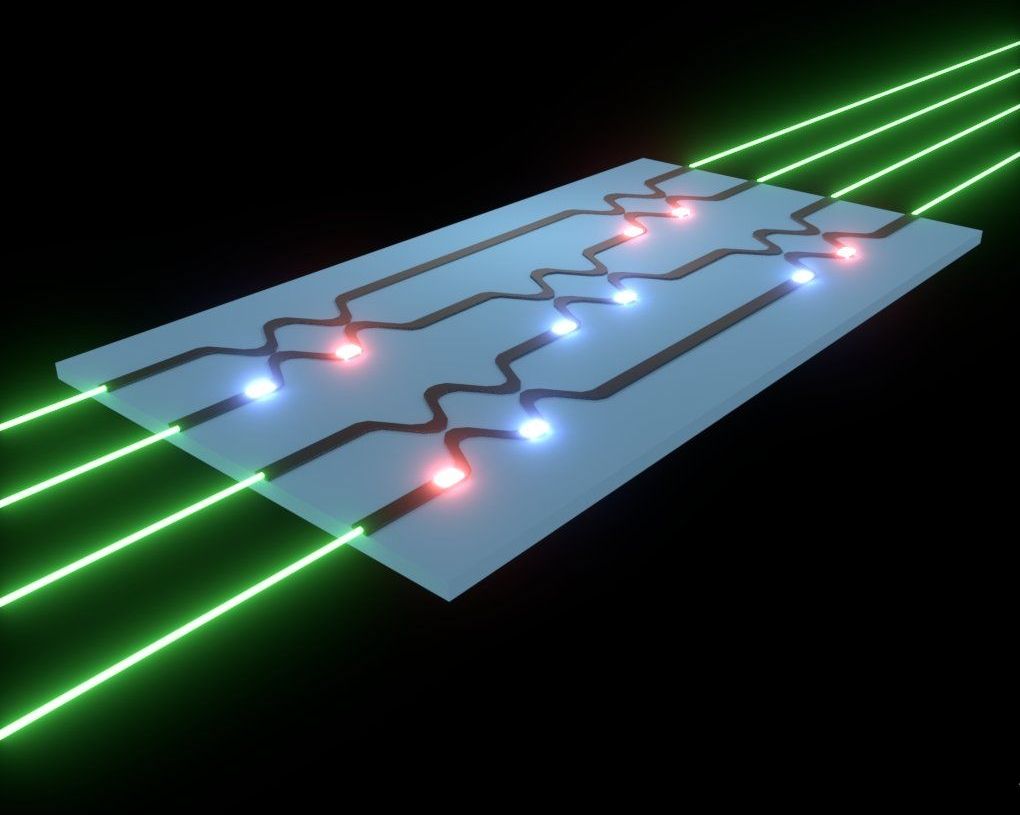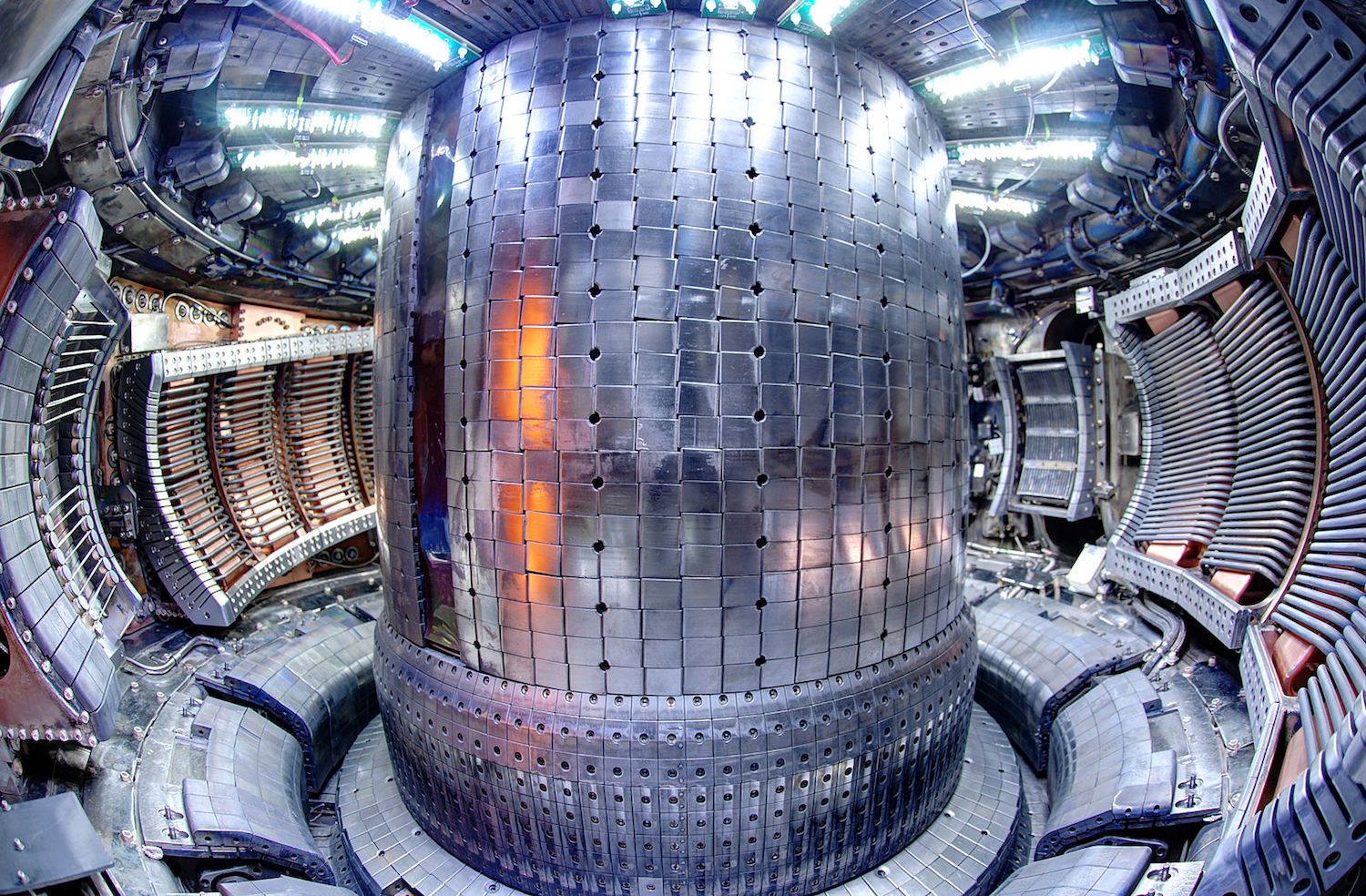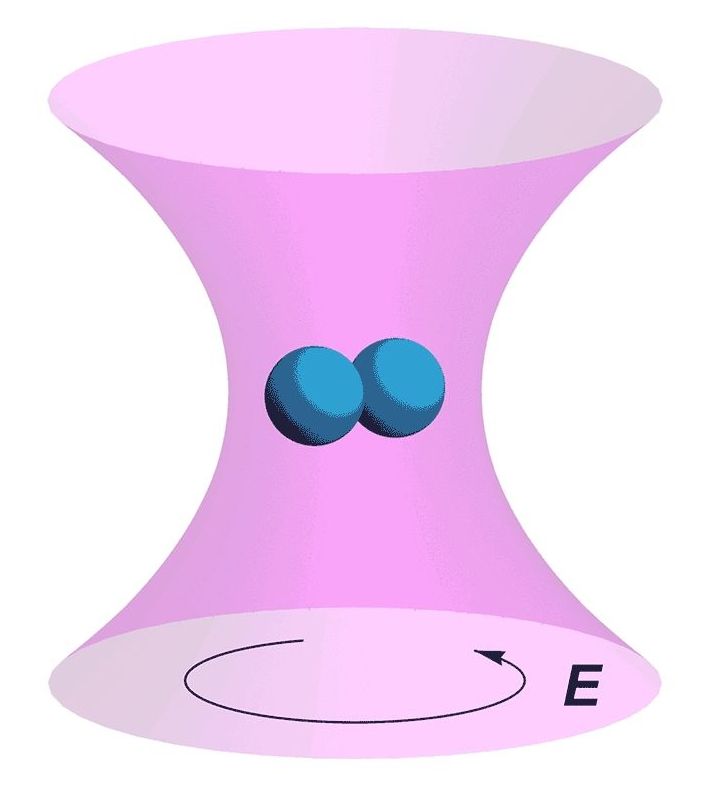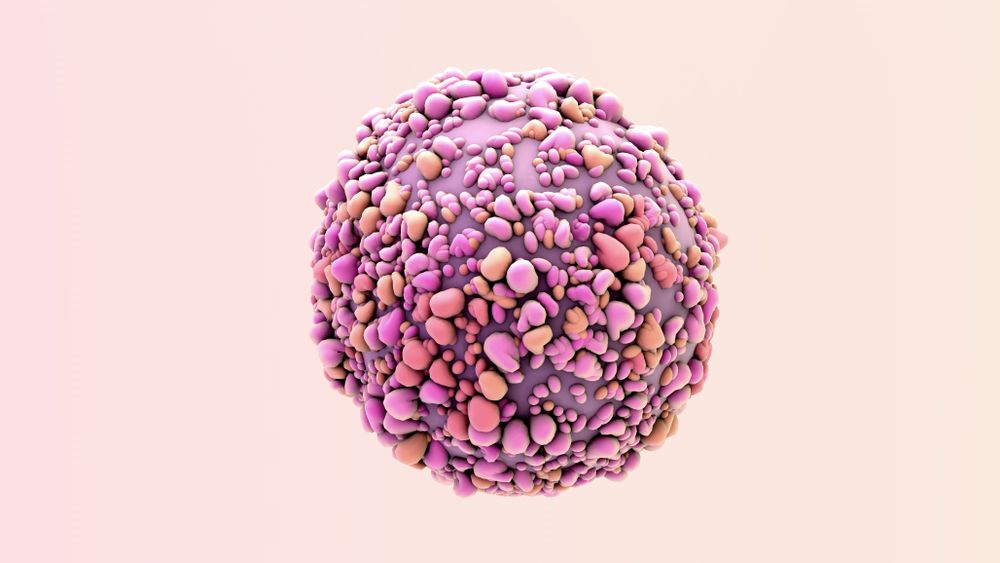Jul 20, 2018
Fitter Happier: Mattheiu Gafsou Investigates Transhumanism in New Book and Exhibition
Posted by Derick Lee in categories: biotech/medical, education, transhumanism
Transhumanists aim to do just that: to transcend the limits of the human body through the use of technology. Swiss photographer Matthieu Gafsou’s new book, H+ (Kehrer Verlag), documents Transhumanism through portraiture, still lifes and documentary photographs of Tranhumanist people, facilities, tools and technology. In photographing surgical procedures, laboratories, conferences and the like, Gafsou employed a hard flash to add a “clinical aspect” to his pictures. “This was important to me because I think [Transhumanism] is quite cold and [it] is about, not necessarily killing death but working on living longer,” he tells PDN. “But we are forgetting the body, we are forgetting the flesh, we are forgetting desire.”
In “H+,” Gafsou uses the visual language of science and technology to explore Transhumanism, the belief that the human body needs to be enhanced, perhaps even overcome.
